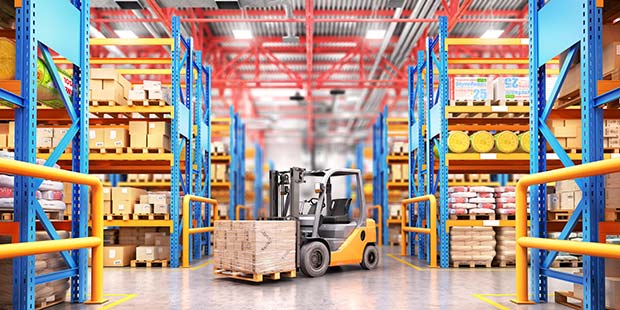Whether you will be resuming operations after a period of closure or adapting current operations to the new “normal” ways of working, there are some key actions to take to implement social distancing. While every organization has to adhere to the same regulations we should still aim to apply best practice, specifically for the health and safety of our employees. Employees returning to the workplace are likely to have many concerns. What are the changes in my job? Is the workplace safe and hygienic? Whatever the status of your current operations, when work resumes, partly or fully, you still need a plan. These are the main issues to consider:
 Social distancing
Social distancing
The implementation of safe work practices to limit exposure at work means first assessing risks, and then implementing control measures. The government requirement is for workstations to be at least 2 metres apart. If a 2-metre distance cannot be maintained, staff should work side by side or facing away from each other. In the factory or warehouse, it is recommended only employees essential to each task are present to minimise the risk to others.
Communication and training
Perception is reality; your staff needs to know, and see, that everything is being done to keep them protected. Your communications plan should cover the needs and concerns of employees and contractors, suppliers and other service providers. Anyone, internal or external, who has physical interaction with warehouse operations must be clear on the procedures and protocols. The adage “communicate 7 times in 7 different ways” is relevant.
Limiting congestion
Exercising control over third parties is challenging. Providers of essential services that do not need to enter the premises (e.g. deliveries and collections) should be managed outside where possible. There may need to be an appointment or ticketing system to avoid queueing and overcrowding outside. Visitors should be discouraged unless they have legitimate business.
Creative solutions
Inventive solutions are needed to solve the problem of minimum contact. Ideally, layouts must be adapted before workers return to avoid crowding and confusion. These revised layouts should be tested for usability and effectiveness. Signage and floor markings should be done now and referenced in every communication.
Future warehouse design
Designing a distribution centre or warehouse for future use may have to take some of these issues into account. We might need to allocate more square feet per person and provide better hygiene and bathroom facilities using anti-microbial building materials. Touchless technologies may be appropriate and seating areas will have to be more spacious.
As experts in warehouse layout and process design, The Supply Chain Consulting Group is well-placed to help you keep staff safe while minimising any impact on capacity and productivity. We have implemented our own continuity plan and are working remotely. Call us for an initial no-obligation discussion on 01926 430883 or email us at info@sccgltd.com




Comments are closed.